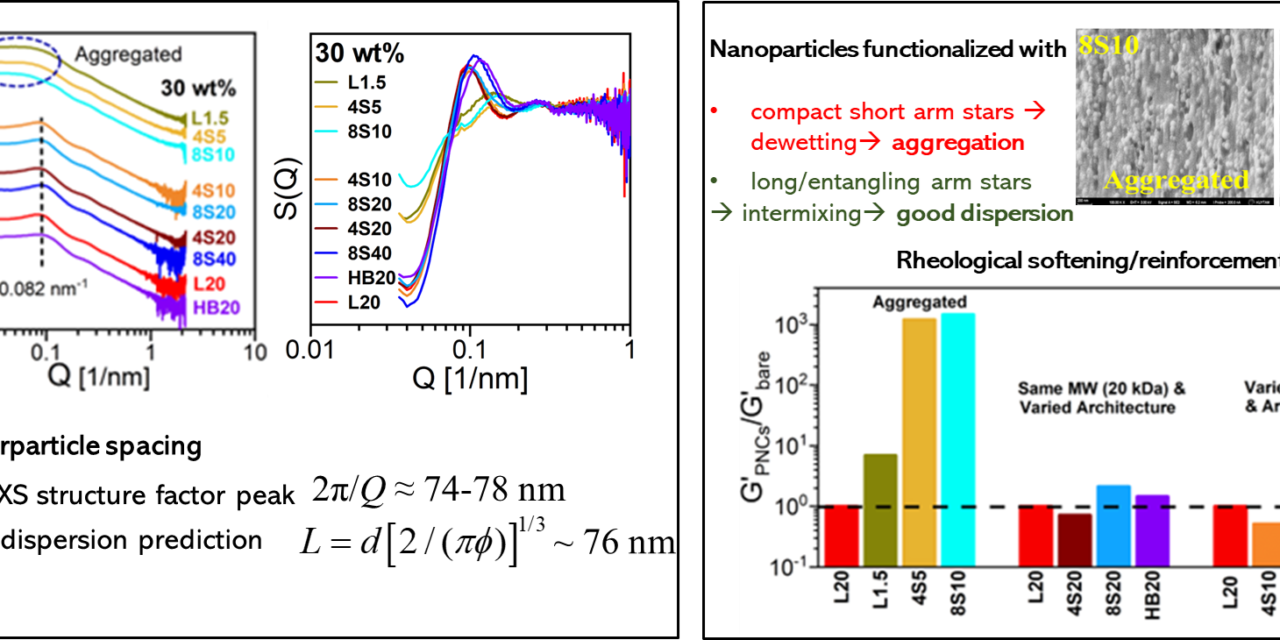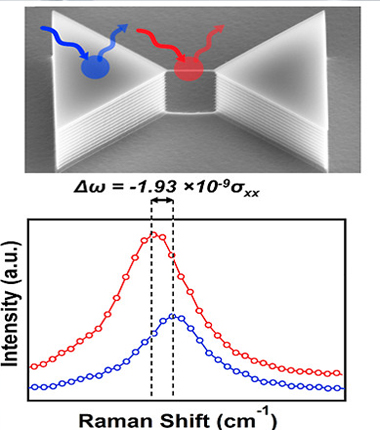Polymer nanocomposites (PNCs) have become essential components in many advanced materials applications, from solid state battery electrolytes to high-performance structural components. In PNCs, the large fraction of interfacial polymers determines their outstanding rheological performance; yet, strategies to control the structure and dynamics of the interfacial polymer has been very limited. Here, using poly(ethylene oxide)-silica model...




